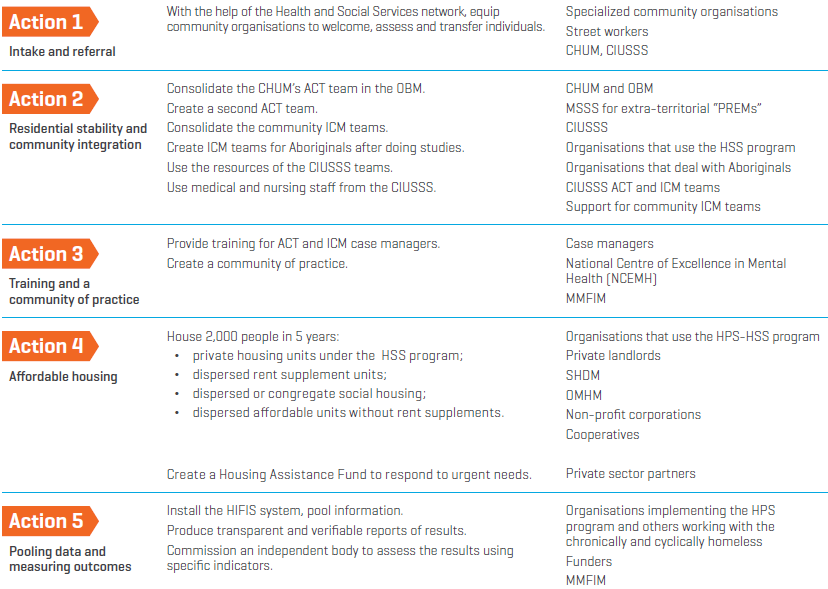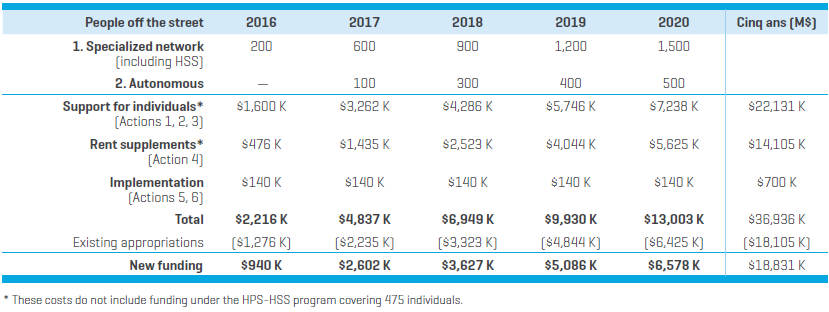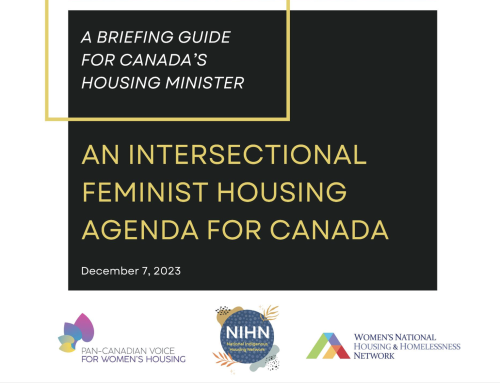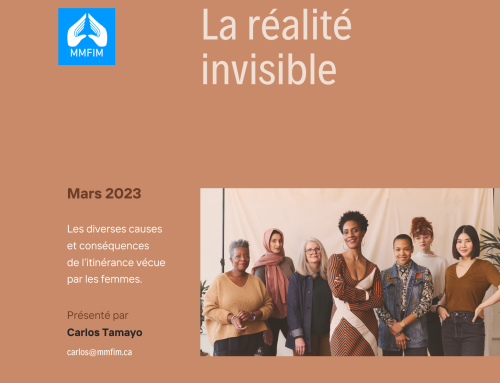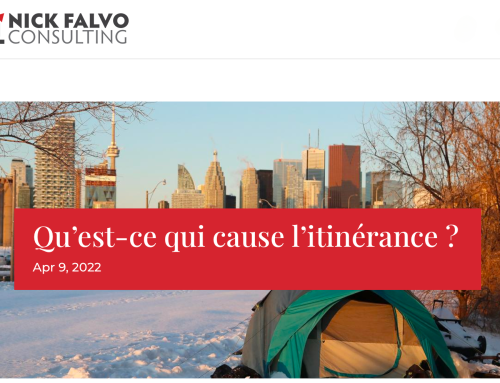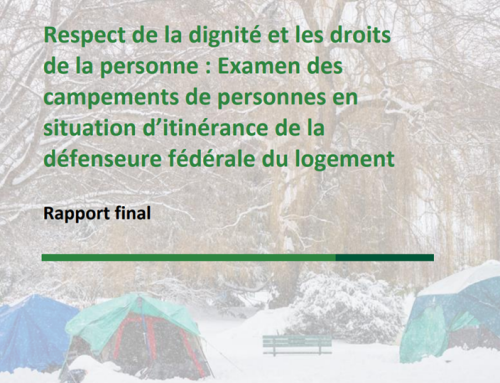Montréal 2020: Objective to end chronic and cyclical homelessness
The Mouvement pour mettre fin à l’itinérance à Montréal (MMFIM) unveils an initiative to help 2,000 men and women in Montreal exit chronic and cyclical homelessness over the next five years.
> Read the plan to end chronic and cyclical homelessness (PDF).
> Read the summary (PDF)
Why 2,000 people?
From the I Count MTL survey done in March 2015 we conclude that at least 784 people were chronically homeless (for more than 4 years) and 1,357 more were cyclically homeless; this makes a total of 2,141 people for whom solutions must be found urgently.
“Although Aboriginals are a fraction of the Montreal population (0.56%), 10% of homeless people are Aboriginals, including 40% Inuit. Future responses must take into account historical traumas (such as residential schools), cultural specifics and their particular needs.” Makivik Corporation, Projet Autochtones du Québec.
Why chronic or cyclical homelessness?
By helping these individuals we will free up emergency services (ambulance, hospital, police, shelters, transitional housing) and improve their quality of life.
How can we do this?
Everyone will receive the individual support that they need and a permanent, affordable place to live. Several of them will become autonomous. Many will need ongoing support for a long time.
“Our experience has shown clearly that residential stability has to be based on customized community support provided by qualified and seasoned caseworkers meaningful to each individual.” Accueil Bonneau, Maison du Père, Old Brewery Mission and Welcome Hall Mission.
Vision 2020
Within five years the specialized community network will have welcomed, oriented, supported and housed 2,000 chronically or cyclically homeless men and women and settled them in the communities of their choice. Several of them will have found work or other worthwhile activities. Some will be living in adapted housing.
The network itself will have consolidated its expertise and organization. It will be able to provide statistical reports showing its results and an independent assessment. It will be driven by some 70 community case managers with unique and acknowledged expertise.
The specialized community network will be able to support 1,500 men and women; as individuals leave the network (autonomy regained, transfer, dropout, death, institutionalization), others can be welcomed and avoid becoming homelessness.
“When women come to us it’s not because they have lost their keys. They are suffering from mental health problems, addictions or trauma … often all those things are combined and they become isolated.” Patricia Mackenzie Pavilion.
The action plan
The Action Plan calls for community action based on access to care, residential stability and social inclusion.
- 5 intake, assessment and orientation centres
- 2 Assertive Community Treatment (ACT) teams
- 70 trained Intensive Care Management (ICM) case managers
- 1,500 subsidies from the rent supplement program (RSP)
- 1 project office, 1 information network, outcome measurement, research
Funding
The HPS and HSS programs are already funding part of the Action Plan, and will be used to house 475 people by 2019. In drawing up our financial forecasts we have assumed that this funding will continue beyond the term of the current agreement.
The MMFIM estimates the costs over five years (annual inflation of 2%) to be $36.9 million, of which $18.8 million would be new funds. These amounts do not include federal government funding of $19.5 million up to 2019, which we assume will continue.
Over 5 years
Several elements of this plan are already being implemented. What makes it a plan is the goal of housing and supporting 2,000 people exiting chronic and cyclical homelessness over five years along with the actions necessary to achieve that goal. This action plan is founded on a specialized network of select existing community organisations, trained case managers, a system for coordinating their actions, data collection and measuring outcomes.
> View the detailed chronology in the summary of the plan (PDF)
